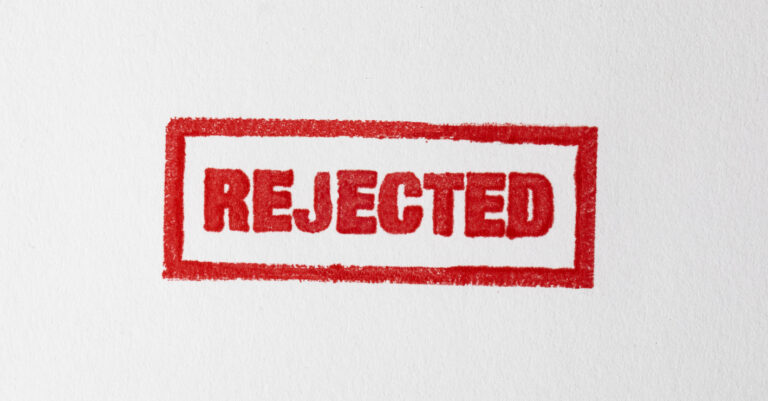Getting a patent application rejected can feel discouraging, especially after all the time and effort you’ve put into your invention. But a rejection doesn’t mean the end of the road. You still have options, and knowing what to do next can make all the difference. In most cases, you’ll need to decide whether to appeal the rejection or amend your patent claims. Each approach has benefits and drawbacks, depending on your invention, goals, and the reasoning behind the rejection. At Gearhart Law, we help inventors and businesses weigh these options carefully so they can move forward with confidence.
Why Was Your Patent Rejected? Start with the Basics
Before you choose a path, it helps to understand why your application was rejected. The U.S. Patent and Trademark Office (USPTO) provides written feedback in what’s called an office action. This document outlines the examiner’s reasons for rejecting one or more claims.
Some common reasons for rejection include:
- The invention is too similar to existing technology (prior art)
- The claims are too broad or unclear
- The invention is considered obvious in light of previous inventions
- The application lacks sufficient detail or support
Reading through an office action can be challenging. We work closely with our clients to review the rejection and determine whether the examiner raised valid concerns—or made an error in judgment.
Amending Patent Claims: When It Makes Sense
Often, the most efficient way to respond to a rejection is by amending the claims. This means changing the wording or narrowing the scope of your invention to address the examiner’s concerns.
Amending claims can make sense when:
- The rejection is based on a misunderstanding or overly broad claim language
- The invention can still be protected with narrower claims
- You want to avoid the time and expense of an appeal
This approach often leads to quicker approval. It also allows you to maintain control over the wording of your claims and avoid unnecessary legal battles.
That said, amending claims may limit the scope of your patent rights. If your claims become too narrow, it could be harder to enforce the patent later on. We take the time to understand your long-term business goals before recommending any changes.
Appealing the Rejection: Taking It to the Next Level
If you strongly believe the examiner got it wrong, or if your invention loses too much value when narrowed, an appeal might be the better option. Appeals are reviewed by the Patent Trial and Appeal Board (PTAB), an independent body within the USPTO. This process gives you a chance to argue your case without further amending the claims.
Appealing may be appropriate if:
- The rejection is legally or technically flawed
- You have strong arguments to support your claims as written
- The claims are critical to your broader IP strategy
However, appeals can be time-consuming and costly. They usually take longer to resolve than an amended response and require a more formal legal approach. We help our clients evaluate whether the benefit of appealing outweighs the time and cost involved.
How to Decide: Appeal or Amend?
Choosing between an appeal and an amendment depends on several factors. This decision should be based on several factors, including:
- The strength of the original claims
- The value of broad vs. narrow patent protection
- The likelihood of success on appeal
- How much time and money you’re prepared to invest
Sometimes, a hybrid approach works best. You might amend certain claims to move the process forward while preserving the option to appeal others. We’ll help you understand your options and find a strategy that supports your invention and your business goals.
What Makes Sense for You
You don’t have to make this decision on your own. At Gearhart Law, we work with inventors, startups, and established businesses across New Jersey and beyond to help protect their ideas and move their patents forward.
If you’ve received a rejection from the USPTO, we’ll take a close look at the office action, explain your options clearly, and recommend a path that fits your goals. Whether that means amending your claims or preparing an appeal, we’re here to support you. Contact Gearhart Law today to schedule a consultation and protect the value of your invention.


